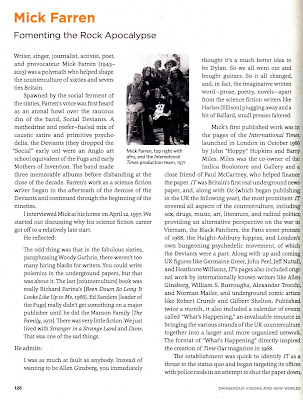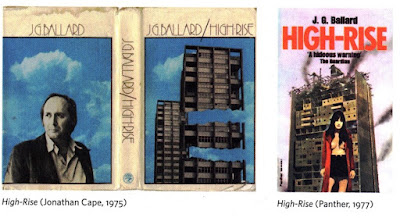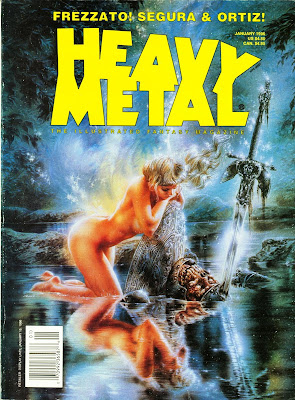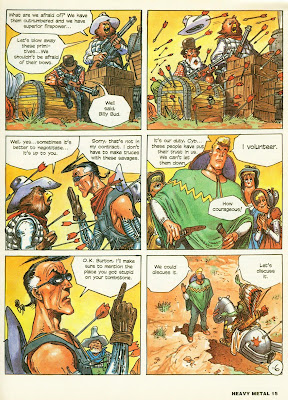Thursday, January 27, 2022
Book Review: The Sword of Morning Star
Monday, January 24, 2022
Idi Amin article 1979
High Society magazine, November 1979
Friday, January 21, 2022
Book Review: Dangerous Visions and New Worlds
Tuesday, January 18, 2022
Paperbacks that never were by Todd Alcott
Sunday, January 16, 2022
R.I.P. Ron Goulart, 1933- 2022
Friday, January 14, 2022
Book Review: The Swords of Corum
Wednesday, January 12, 2022
Bud Plant's Incredible Catalog
The catalog from Bud Plant arrived recently, and I thought I am overdue to promote it here at the PorPor Books Blog.
Bud Plant began his career in 1968 when he partnered with five friends to establish a San Jose, California comic book store called 'Seven Sons Comic Shop'. In the 1980s Plant became the major distributor of comics along the west coast, and began selling comics and books and related materials through his own mail-order company.
In the days before the internet, if you were a fan of comics and associated media, Bud Plant was one of the few places where you could find such stuff, and receiving the Bud Plant's Incredible Catalog always was cause for due consideration. I began patronizing the Incredible Catalog back in the late 1980s / early 1990s, and I've stayed with it since.
The prices in the Incredible Catalog are competitive with those of amazon, particularly nowadays when more and more bookjackers, dropshippers, and speculators are allowed to sell at amazon despite having approval ratings below the recommended minimum of 93%.
Monday, January 10, 2022
Michael Fishel: Creations
Creations
I finished 'Creations' thinking that, short of obtaining puzzles (which are 30 x 24 inches) and posters of the depicted artwork, there really is no current form of image reproduction that will allow the viewer to fully take in the totality of Fishel's works. That said, if a publisher like Titan Books, or Taschen, or Fantagraphics, should elect to issue a large-size book of Fishel's paintings, that would be wonderful.









































































